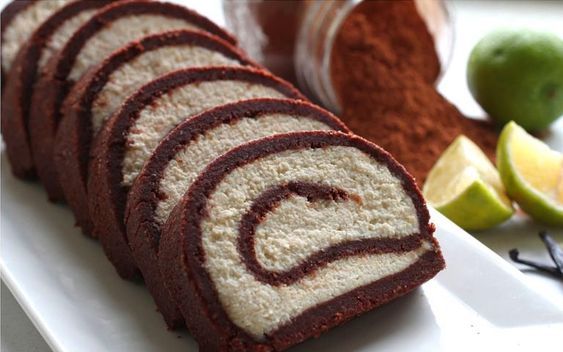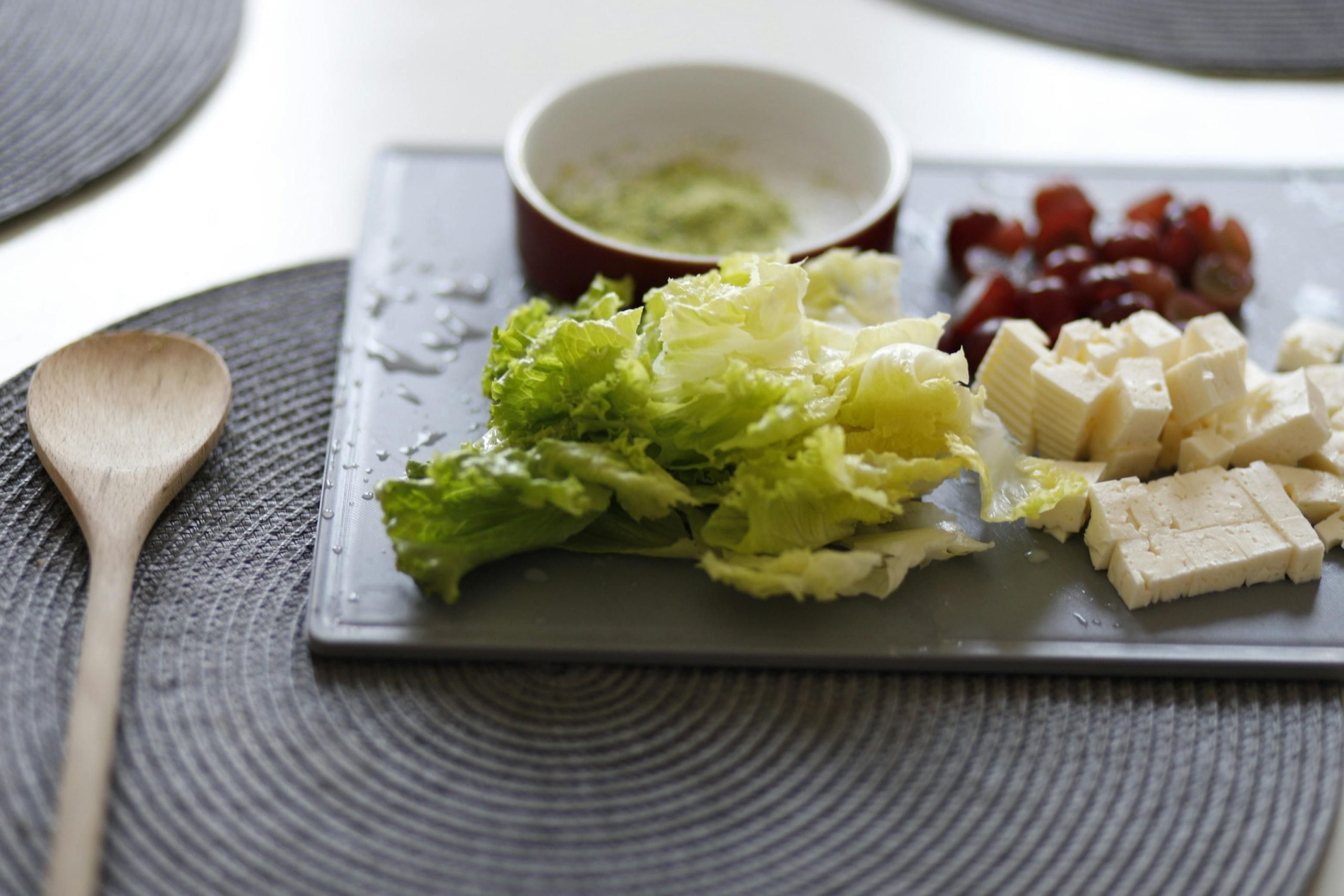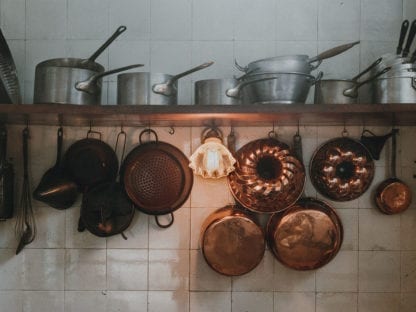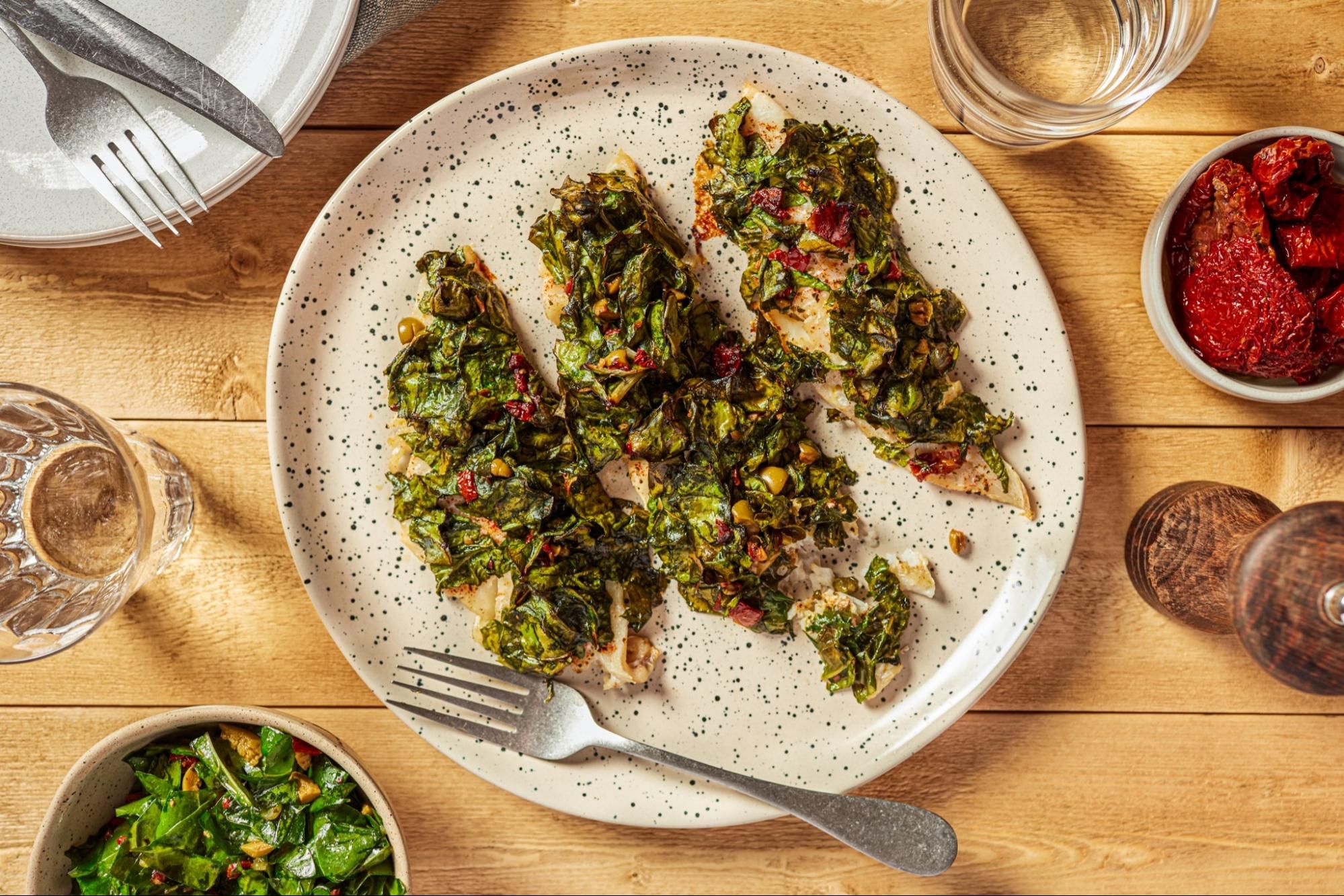Imagine biting into a delicious Swiss roll that aligns perfectly with your paleo lifestyle!
Finding a dessert that is both indulgent and compliant with paleo dietary restrictions can be a challenge.
A paleo Swiss roll is a delightful dessert made using paleo-friendly ingredients like cassava flour, cocoa powder, and non-dairy whipped cream, ensuring you can enjoy a sweet treat without breaking your diet.
This article will guide you through the essential ingredients, steps, and tips to create the perfect paleo Swiss roll, along with how to store it and ensure it remains gluten-free.
Essential Ingredients for Your Paleo Swiss Roll

When embarking on the creation of a paleo Swiss roll, selecting the right ingredients is crucial to both taste and adherence to paleo dietary guidelines. Key ingredients include cassava flour, which serves as a gluten-free replacement for traditional wheat flour, and maple sugar, offering a natural sweetness without refined sugars. Additionally, using non-dairy alternatives like coconut milk or almond milk instead of regular milk ensures that the Swiss roll remains dairy-free and paleo-friendly.
Besides the basics, consider incorporating cocoa powder for a chocolatey touch, and use room temperature eggs to achieve a fluffier texture in your cake batter. Essential fats like coconut oil or ghee are perfect for greasing the baking sheet, preventing the cake from sticking without using non-paleo fats. By carefully selecting these ingredients, you can create a Swiss roll that is not only delicious but also aligns perfectly with paleo eating principles.
How to Make the Perfect Paleo Sponge
Creating the perfect paleo sponge starts with the mastery of your ingredients and technique. Begin by whisking together the dry ingredients: almond flour, a pinch of salt, and a bit of baking soda to aid the rise. In a separate bowl, beat the eggs with maple syrup and vanilla until the mixture is pale and thick, which introduces air and volume to the sponge, making it light and airy.
Once your wet and dry ingredients are prepared, combine them gently to retain as much air as possible. The key here is to fold the mixtures together carefully, avoiding over-mixing which can deflate the batter. Pour the cake batter onto a prepared baking sheet and smooth it into an even layer before baking. This process will ensure your sponge is the perfect foundation for your Swiss roll.
Filling Choices for Your Paleo Swiss Roll

The filling of your Swiss roll can vary greatly depending on your taste preferences and dietary needs. For a classic approach, a mixture of dairy-free cream cheese and coconut whipped cream provides a rich and creamy texture. Alternatively, for a fruitier filling, consider blending ¼ cup of pumpkin puree with cinnamon and nutmeg for a spiced pumpkin roll.
Each filling option should be spread evenly over the cooled sponge, leaving a small margin around the edges to prevent it from squeezing out when rolling. Whether you choose a simple cream filling or a more elaborate fruit and cream combination, ensure it complements the flavours of your sponge for a balanced and delicious paleo Swiss roll.
Preparing and Applying Paleo Icing
Preparing paleo-friendly icing involves choosing ingredients that adhere to paleo guidelines, such as coconut butter and maple syrup. Start by gently heating the coconut butter with maple syrup and a bit of lemon juice to create a smooth and spreadable icing. This mixture can be adjusted with more or less coconut milk to achieve the desired consistency.
Applying the icing to your Swiss roll should be done with care. Use a spatula to evenly spread the icing over the roll, ensuring it covers all sides smoothly. For a decorative touch, consider adding a sprinkle of crushed nuts or a drizzle of dark chocolate. Allow the icing to set by chilling the roll before slicing, giving you a beautifully finished paleo Swiss roll that’s as delightful to look at as it is to eat.
Step-by-Step Guide to Baking a Paleo Swiss Roll
Baking a delicious paleo Swiss roll requires careful attention to detail and the right technique, especially when it comes to rolling the cake to avoid cracks. Start by preparing your jelly roll pan: grease it and line it with parchment paper, ensuring it’s well-covered to prevent sticking. Preheat your oven to the correct temperature specified in your swiss roll recipe, as a consistent oven temperature is crucial for baking the sponge evenly.
Once your paleo sponge is baked, the immediate steps you take are vital for the end result. First, remove the sponge from the oven and let it cool for a few minutes – not too long, as the warmth helps in rolling. Dust another clean piece of parchment paper with cocoa powder and carefully invert the warm sponge onto it. This helps prevent the sponge from sticking and adds a subtle chocolate flavor, enhancing the overall taste of your Swiss roll.
The rolling technique is where most of the magic happens. Start at one short end and gently roll the sponge along with the parchment paper underneath, not too tightly but firmly enough to form a good shape. This initial rolling is more about shaping rather than the final roll. Let it cool completely in this rolled form. Once cooled, you can unroll it gently, apply your filling evenly, and re-roll. This step-by-step approach minimizes the risk of the sponge cracking and helps maintain its shape.
Tips to Prevent Cracking When Rolling Your Swiss Roll
Preventing your Swiss roll from cracking during the rolling process is key to a beautiful presentation. Ensure your sponge is not overbaked as a drier sponge is more prone to cracking. It should be springy and moist, so keep a close eye on the baking time. As soon as it’s done, cover the hot sponge with a damp kitchen towel before inverting it onto the sugared parchment paper. The slight moisture from the towel helps to keep the outer layer of the sponge flexible, reducing the risk of cracks.
Another tip is to roll the sponge while it’s still warm. Warmth makes the sponge more pliable and less likely to break. After spreading the filling, roll the cake up slowly, easing it into a tight log using the parchment paper as a guide. If you see any small cracks starting to form, gently press the sponge together to seal them before they extend. With these precautions, your Swiss roll should come out looking as good as it tastes, with a smooth, crack-free surface ready for any final decorations or icing.
Storing Your Paleo Swiss Roll Properly
Proper storage is crucial for maintaining the freshness and texture of your paleo Swiss roll. Once your Swiss roll is completely cooled and filled, wrap it tightly in cling film or place it in an airtight container. This prevents air exposure, which can dry out the cake and degrade its quality. Store the wrapped Swiss roll in the refrigerator if you plan to consume it within a few days.
For longer storage, freezing is an excellent option. Wrap your Swiss roll in a layer of cling film followed by a layer of aluminium foil to protect it from freezer burn and flavour absorption from other foods. When you’re ready to enjoy it, thaw the Swiss roll in the refrigerator overnight. Remember to remove the Swiss roll from the fridge and let it sit at room temperature for about an hour before serving to enhance its flavour and texture.
Nutritional Information of a Paleo Swiss Roll
A paleo Swiss roll not only satisfies your sweet tooth but also offers a healthier alternative to traditional desserts. Rich in proteins and healthy fats, it incorporates ingredients like almond flour and coconut oil which are beneficial for maintaining energy levels and supporting metabolic health. The typical nutritional breakdown per serving includes about 5 grams of protein and 10 grams of healthy fats, making it a nourishing option for those on a paleo diet.
Additionally, this dessert is relatively low in sugars, as it uses natural sweeteners like maple syrup or honey instead of refined sugars. Each serving generally contains less than 10 grams of natural sugars. The paleo Swiss roll is also a good source of dietary fibre, thanks to ingredients like almond flour and coconut flour, providing about 3 grams of fibre per serving. These elements make the paleo Swiss roll not only delicious but also a nutrient-rich treat that complements a healthy lifestyle.
Ensuring Your Paleo Swiss Roll is Gluten-Free
Ensuring your paleo Swiss roll is gluten-free involves careful selection of ingredients. Use gluten-free flours such as almond flour or a combination of gluten-free plain flour and ground almonds. These not only adhere to paleo guidelines but also ensure that your dessert remains safe for those with gluten sensitivities.
Additionally, be vigilant about cross-contamination. Use clean utensils and bowls, and ensure that all ingredients, such as baking powder or vanilla extract, are certified gluten-free. This meticulous attention to detail will help maintain the integrity of your gluten-free paleo Swiss roll.
Discover More Culinary Delights with Indulge
After mastering the art of making a paleo Swiss roll, you might be inspired to explore more culinary delights. INDULGE offers a fantastic opportunity to dive into Zurich’s rich food culture. Their expert-led food tours introduce you to traditional Swiss dishes and international cuisines right in the heart of Zurich. It’s a perfect way to connect your home cooking adventures with the broader world of culinary arts.
Whether you’re a local or a visitor, INDULGE‘s tours can enrich your understanding of food and its cultural significance. Here’s what you can expect:
- Guided tours by local chefs and food experts.
- A chance to taste and learn about Zurich’s traditional dishes like Zürcher Geschnetzeltes and Raclette.
- Exclusive dining experiences in some of Zurich’s most iconic venues.
So, if you’re eager to expand your culinary horizons beyond the kitchen, INDULGE is your gateway to Zurich’s gastronomic treasures.
Frequently Asked Questions
What is a Swiss Roll?
A Swiss roll is a type of sponge cake roll that is filled with ingredients such as cream, jam, or other fillings. In the context of a paleo diet, a paleo Swiss roll is made with paleo-friendly ingredients like cassava flour, cocoa powder, and non-dairy whipped cream, allowing those following a paleo lifestyle to enjoy a sweet treat that adheres to their dietary restrictions.








